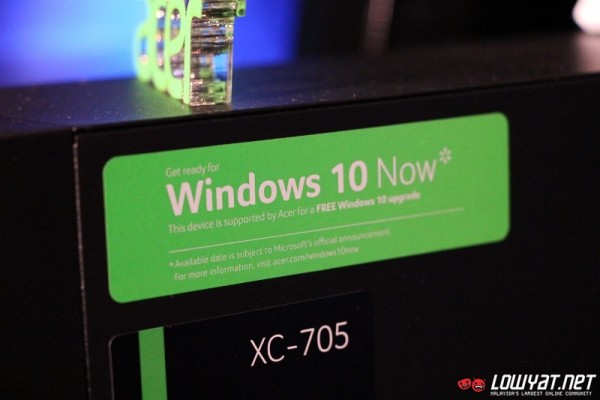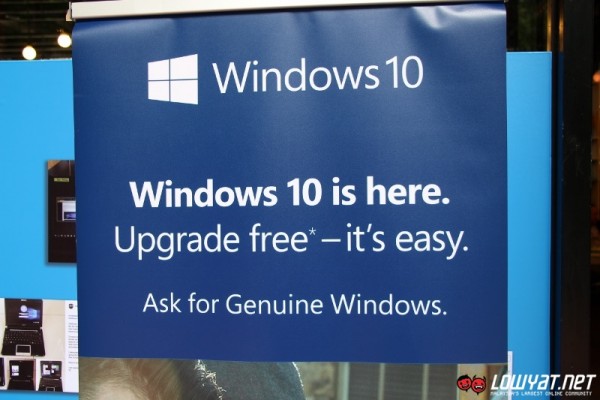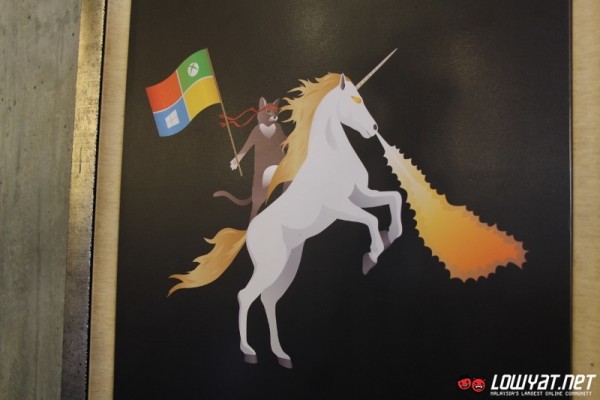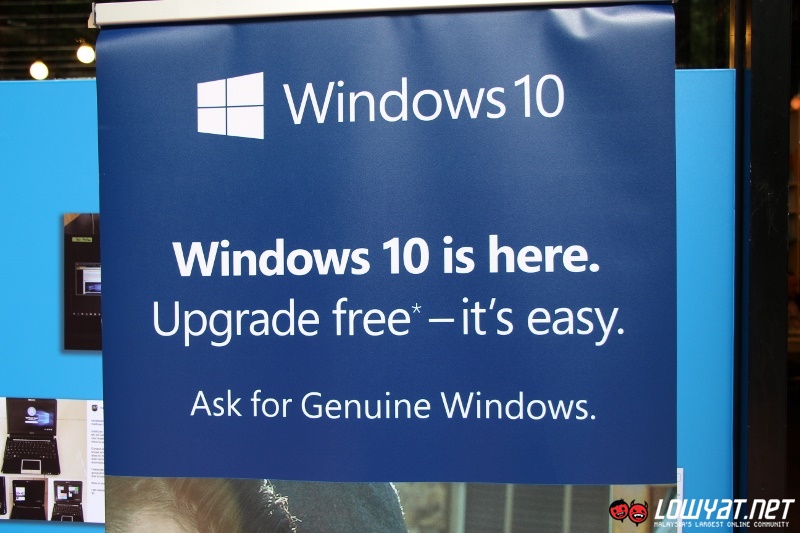
Enterprise customers are notorious for hanging on to legacy operating systems for the sake of compatibility; however, it looks like Microsoft is about the change the deal. Redmond has announced that it will no longer support older versions of Windows on future computer processors.
The announcement clarifies that the change will take effect with the arrival of the next generation of processors from the three major manufacturers; namely AMD, Intel, and Qualcomm. When this happens, enterprise users will begin losing support for all versions of Windows that aren’t Windows 10. From then on, the newest processors will always require the most current generation Windows operating system for support.

To ease the transition, Microsoft is creating a list of Intel Skylake processors that will continue to support Windows 7 and 8.1, but the programme will only last until 17 July 2017. Essentially, businesses are being given an 18 month period to upgrade their systems for the impeding change.
Older versions of Windows require additional work from manufacturers to maintain compatibility with newer features. Some features on new hardware are also quietly dropped, since making them function with older operating systems would prove too costly. For instance, Windows 7 has no native support for USB 3.0; and making it work would require additional drivers.

Industry analyst Patrick Moorhead speculates that there is more to the announcement from Microsoft. Essentially, he believes that Redmond is simply taking the blame for a decision made by the entire industry. Supporting legacy software is extremely costly, and it has been suggested that a full third of manufacturers’ resources go into supporting older software.
The new policy is also likely to get enterprise customers to upgrade to the latest version of Windows; something that they have proven extremely resistant to doing. Microsoft on the other hand, would love it if everyone played along with its plan and consistently upgraded to the latest version of Windows; and this pushes everyone in the right direction.
[Source: Windows Blog; via Ars Technica]
Follow us on Instagram, Facebook, Twitter or Telegram for more updates and breaking news.



